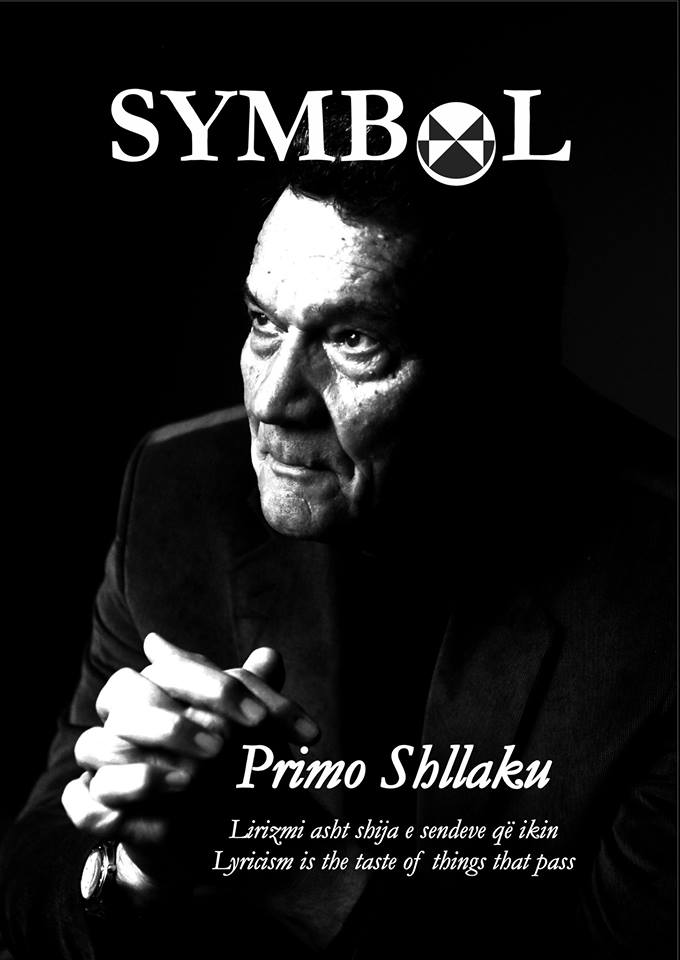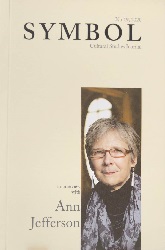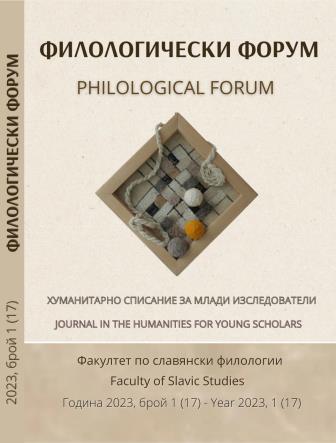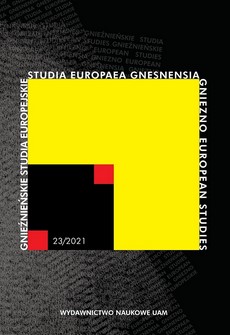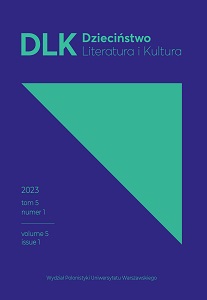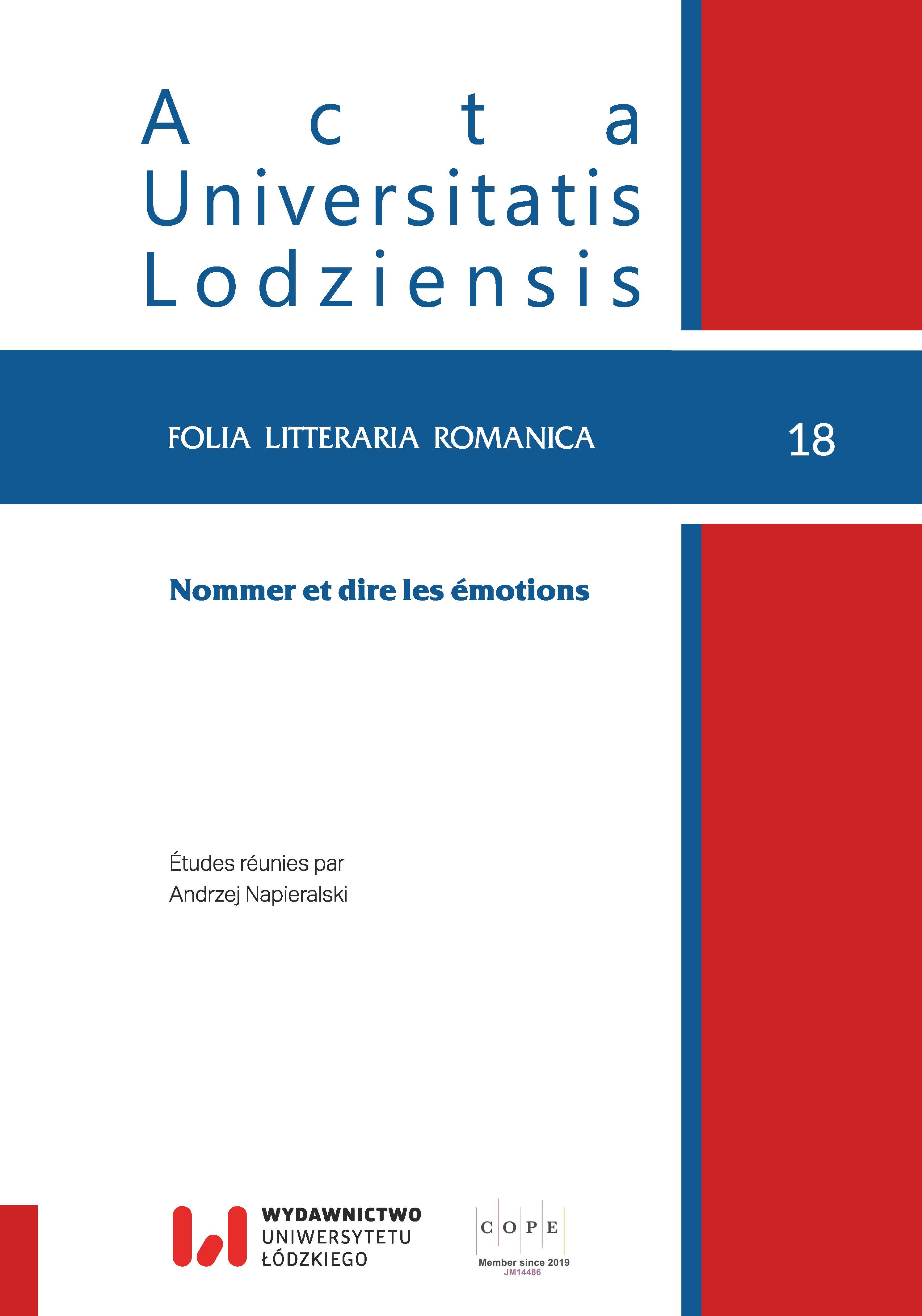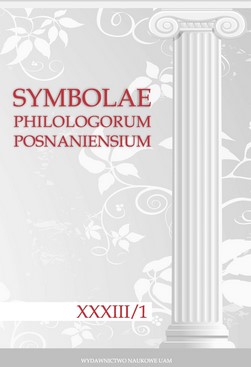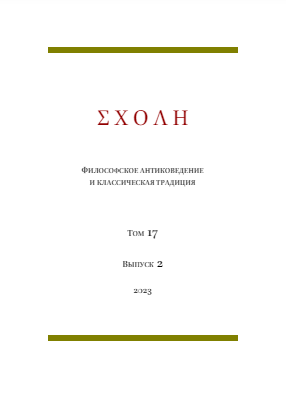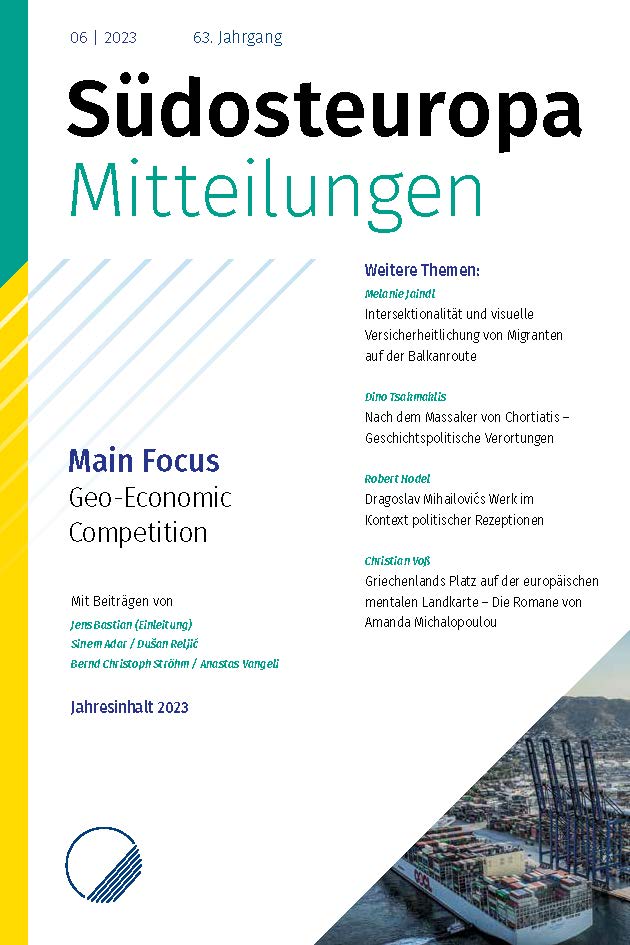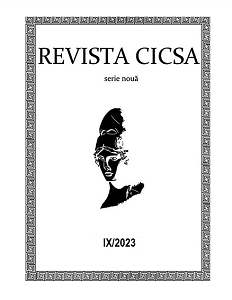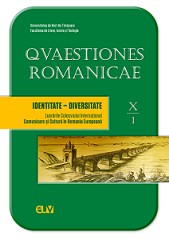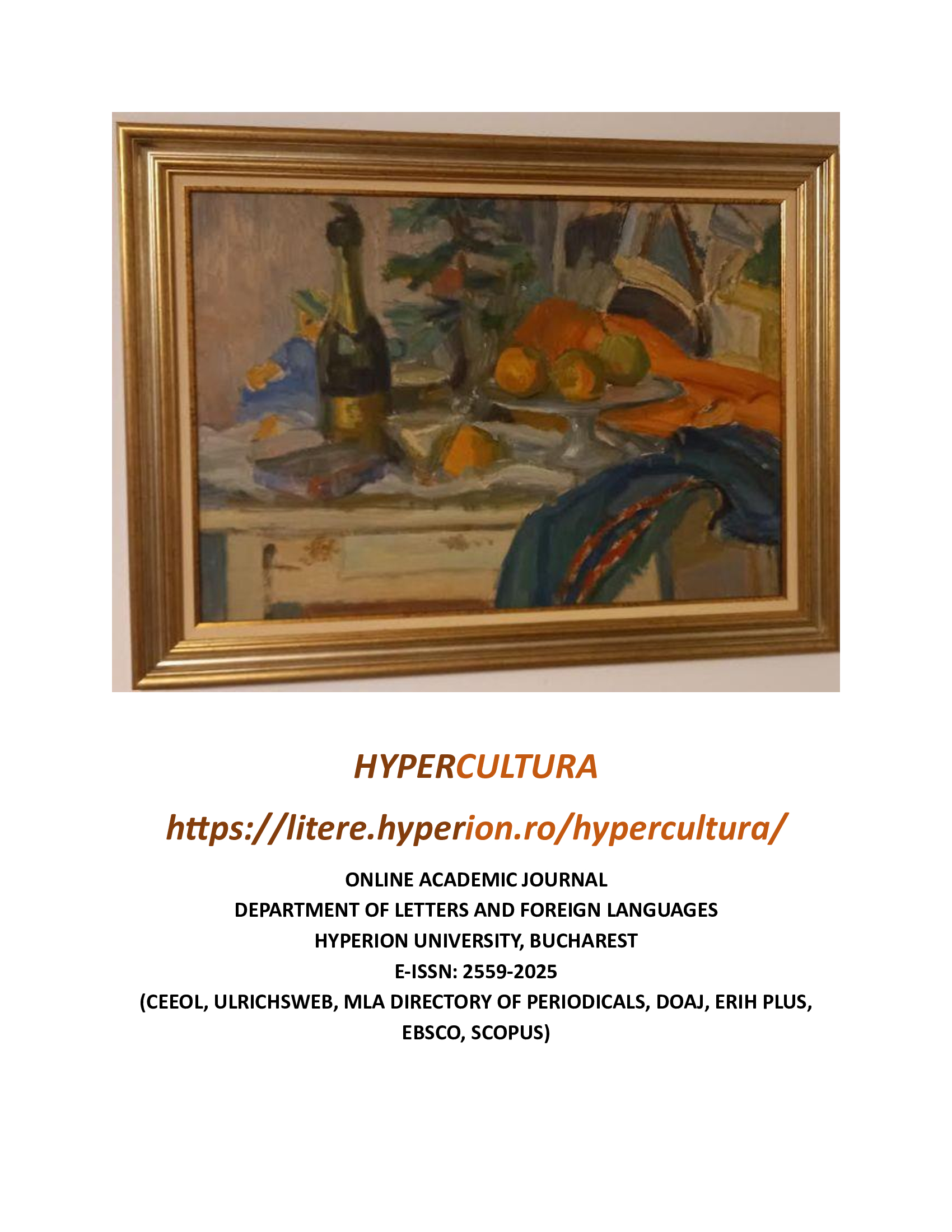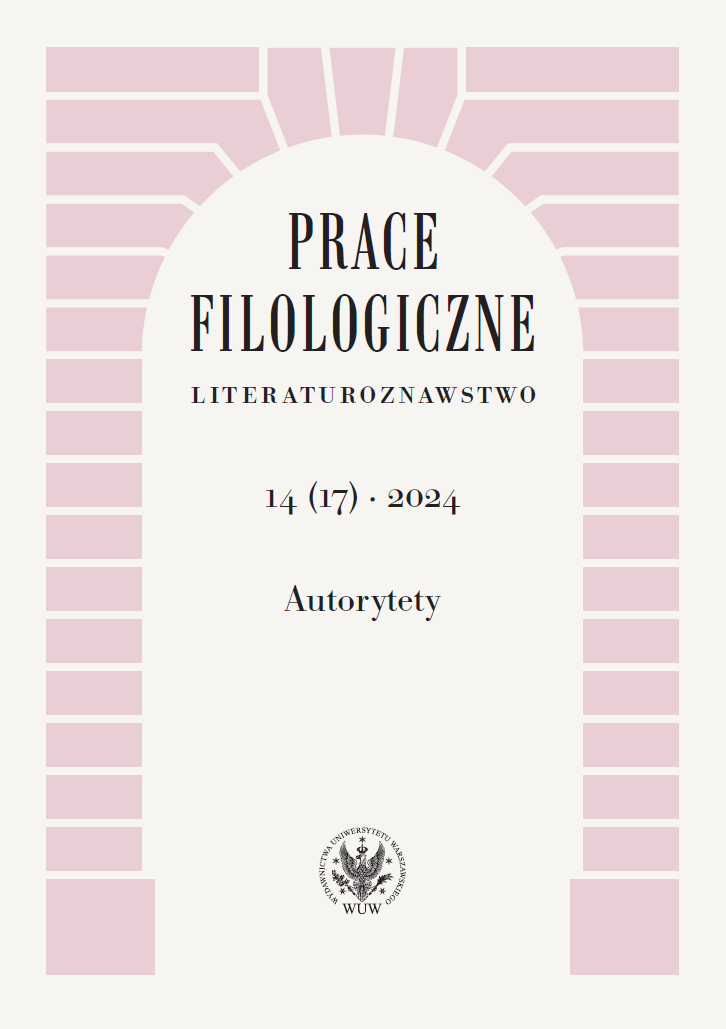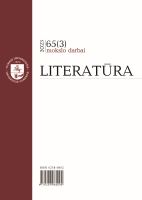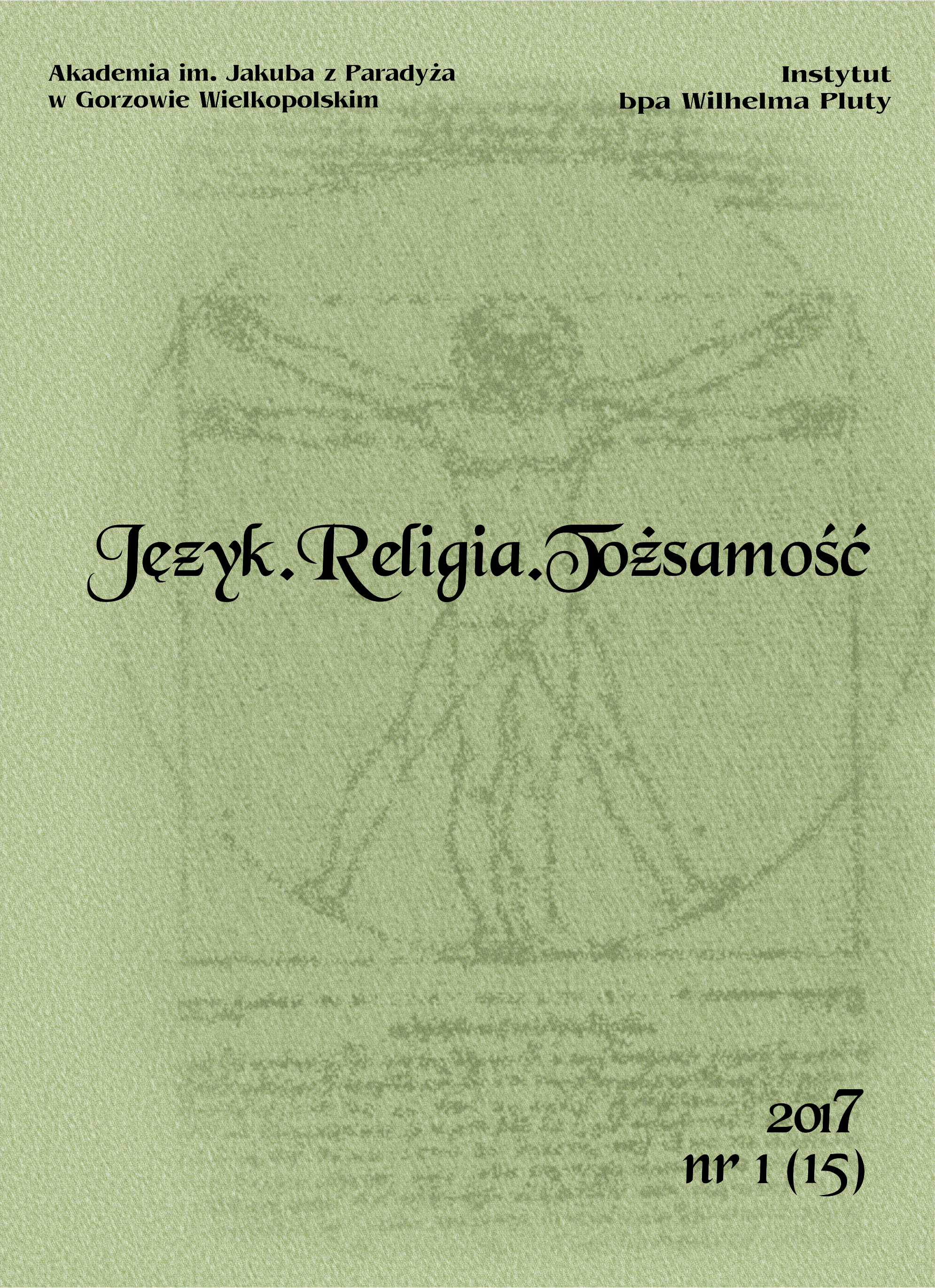
Grecy a języki obce w starożytności
The article shows how some of Greek authors from different epochs arranged the problem of the language communication among the Greeks and the non-Greeks. This question emerged gradually, however it appeared perspicuously but in the Hellenistic period, and in time of the Roman Empire. If sometimes this problem was ignored the reason could be that from the time of Alexander the Great the Greek language was a primary one on large areas of the ancient world. Nevertheless, the non-Greeks unknowing the Greek language appeared in Greek literature up to the end of antiquity, and the poets and writers solved the issue of language communication in a more or less probable way. One of them was introducing a professional interpreter particularly in the royal palaces.
More...
